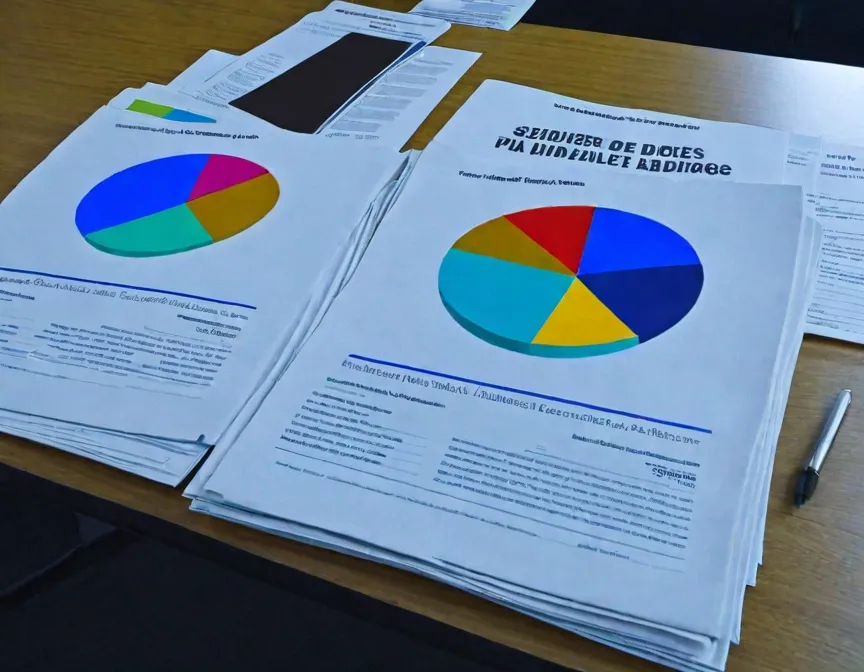Profitability Analysis: Return on Total Capital
ROTC assesses how efficiently a company generates profit for its contributors, indicating its financial performance and overall value.

How a Company Makes Money for Different People
Introduction
When we want to know if a company is doing well and making money, we use something called financial statement analysis. It helps us understand if the company can give back money to the people who helped it start and grow. One important thing we look at is called Return on Total Capital (ROTC). It helps us see how much profit the company makes compared to all the different people who gave it money. Let's learn more about ROTC, how we calculate it, and what it means for a company.
Understanding Return on Total Capital
Return on Total Capital (ROTC) is a way to see how much money a company makes compared to all the people who gave it money, except those who trade with the company. It helps us know how well the company is using all the money it received.
ROTC = (Money the company made + After-Tax Interest Cost) / All the money given to the company
Interpretation of Return on Total Capital
ROTC tells us if a company is making a lot of money for all the people who gave it money. These people can be those who lent money to the company or those who own a part of the company. If the ROTC is high, it means the company is making a lot of profit for all the people who helped it. That's good! But if the ROTC is low, it means the company is not making a lot of profit for the people who helped it.
Calculation of Return on Total Capital
To find ROTC, we need to do two things: find the money the company made and add the after-tax interest cost, and then divide it by all the money given to the company.
Finding the money the company made: This is the profit the company earned after taking away all the expenses, taxes, and interest cost. We also need to add the after-tax interest cost because it shows how much profit the company made before paying the cost of borrowing money.
Finding all the money given to the company: This is the total money the company received from different people. It includes money borrowed from others and the money people invested in the company.
Significance of Return on Total Capital
ROTC is important because it shows us how well a company is making money for all the people who helped it. If the ROTC is high, it means the company is doing a good job of using the money and making profits for everyone. That means the company is valuable. Comparing the ROTC with other similar companies and looking at the company's past performance helps us know if the company is making enough money for the people who gave it money.
Alternative Calculation of ROTC
We can also find ROTC using a different number called EBIT (Earnings Before Interest and Taxes). This number tells us how much profit the company made without including taxes and interest costs. It helps us see the company's profit from its operations compared to all the money given to it.
Example
Let's pretend we have a company called XYZ. Here is some information about XYZ:
Money the company made (Net Income): $1,000,000
After-Tax Interest Cost: $100,000
All the money given to the company (Total Capital): $10,000,000
ROTC = ($1,000,000 + $100,000) / $10,000,000
ROTC = $1,100,000 / $10,000,000
ROTC = 0.11 or 11%
In this example, Company XYZ has a Return on Total Capital (ROTC) of 11%. It means that for each dollar the company received, it made a profit of $0.11. A higher ROTC means the company is using the money well and making more profit.
Conclusion
Return on Total Capital (ROTC) helps us understand if a company is making money for all the people who gave it money, except those who trade with the company. It shows how well the company uses the money and makes profits. If the ROTC is high, it means the company is doing a good job and making more money for everyone. By looking at ROTC, we can see if a company is doing well and making money for the people who helped it.
This article takes inspiration from a lesson found in FIN 689 at Pace University.